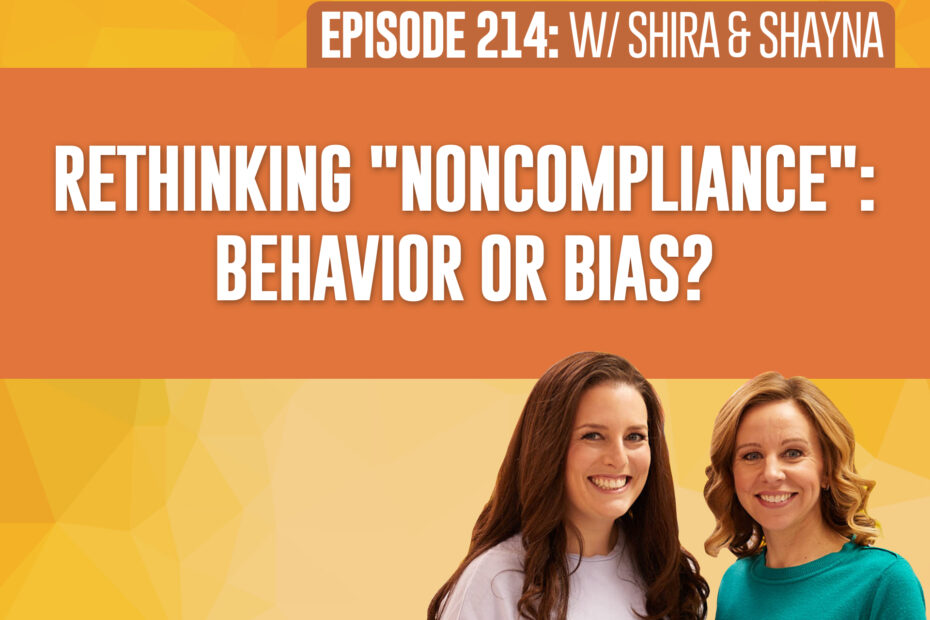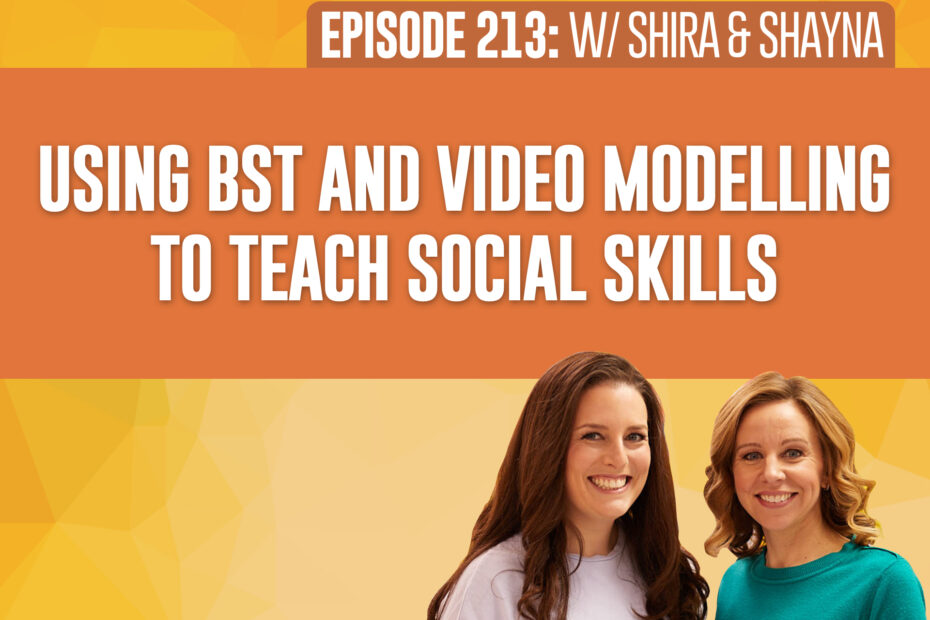Episode 214: Rethinking “Noncompliance”: Behavior or Bias?
Is noncompliance really the problem, or just a reflection of our own expectations? Here, we unpack one of the most overused and misunderstood terms in ABA. We explore why this label can mask important context, such as unmet needs, skill deficits, or valid self-advocacy.










